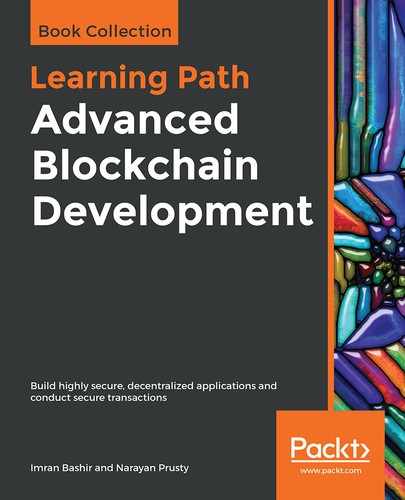When it was realized in 2010 that current methods are not efficient for mining bitcoins, miners started shifting toward optimizing mining hardware. These initial efforts included usage of GPUs, and then Field-Programmable Gate Arrays (FPGAs) were used after GPUs reached their limit. Very quickly after that, Application-Specific Integrated Circuits (ASICs) emerged, which increased the mining power significantly. This trend is expected to grow further as now there is more research into further optimizing ASICs by parallelizing and decreasing the die size.
Moreover, GPU programming initiatives are also expected to grow because new cryptocurrencies are emerging quite regularly now and many of them make use of PoW algorithms that can benefit from GPU processing capabilities. For example, recently Zcash has spurred interest in GPU mining rigs and related programming using NVIDIA CUDA and OpenCL. The aim is to use multiple GPUs in parallel for optimizing mining operations. Also, some research has been in the field of using trusted computing hardware such as Intel's Software Guard Extensions (SGX) to address security issues on blockchains. Also, Intel's SGX has been used in a novel consensus algorithm called Proof of Elapsed Time (PoET) which has been discussed in Chapter 13, Hyperledger. Another project, the 21 Bitcoin Computer, was developed, which serves as a platform for developers to learn Bitcoin technology and easily develop applications for the Bitcoin platform.
The hardware research and development trend are expected to continue, and soon many more hardware scenarios will be explored.
